How to create visual supports for therapy
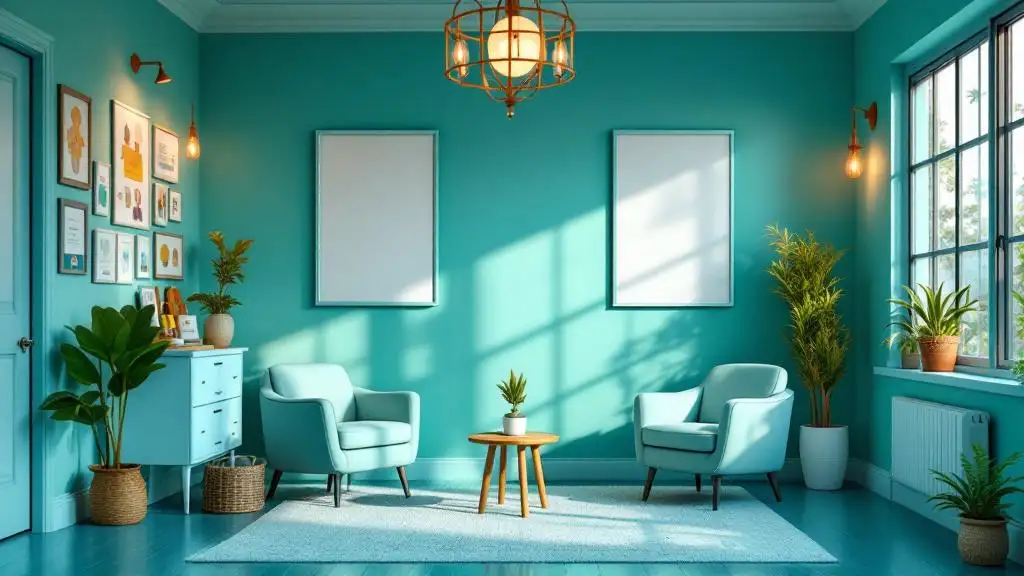
The Power of Visual Aids in Therapy Settings
Visual supports are indispensable tools in modern therapy, especially for children and individuals with developmental disorders. They serve to clarify expectations, structure routines, facilitate communication, and promote independence. Creating effective visual supports requires thoughtful planning, individualization, and consistency across all environments. This article explores strategies for designing, implementing, and maintaining visual supports to enhance therapeutic outcomes.
Understanding the Role of Visual Supports in Therapy
What are some common items used as visual supports in therapy?
Common items used in therapy as visual supports include drawings, photographs, and written words, which help individuals understand and communicate more effectively. These visual tools are often customized to individual needs to ensure clarity and engagement. Visual schedules, checklists, and graphic organizers are regularly used to structure routines and tasks, providing a clear sequence of activities. Tangible objects, such as miniatures or actual items related to the activity, serve as visual cues that make concepts more concrete.
Additional aids include visual timers to manage time and transitions, choice boards that empower decision-making, and social stories that teach social skills and appropriate responses. These supports are usually portable, durable, and designed to be engaging, helping to reduce anxiety and promote understanding in various settings.
Using these supports consistently helps individuals process information better and build independence in daily routines.
What are examples of visual supports used in therapy sessions?
In therapy sessions, visual supports act as tools to provide structure, cues, and organization. Visual schedules, showing daily routines with pictures, are common to help clients understand what to expect throughout the day.
Social stories, which combine text and images, are used to teach social skills and appropriate behaviors in specific situations. Token boards, which reward progress with tokens, reinforce positive behaviors.
Visual timers manage transition periods and help with understanding time concepts. First-then boards guide clients through sequences, illustrating what happens first and what comes next, to facilitate task completion.
Other examples include picture cards, checklists, graphic organizers, and choice boards, all tailored to individual preferences and therapy goals. These tools can feature photographs, drawings, symbols, or tangible objects related to routines or activities.
The overall goal of these supports is to make communication and understanding easier, reduce anxiety, foster independence, and encourage participation in therapy sessions and daily life. Tailoring visuals to each person’s unique needs enhances therapeutic outcomes and helps build vital skills.
Creating Custom Visual Supports Tailored to Individual Needs
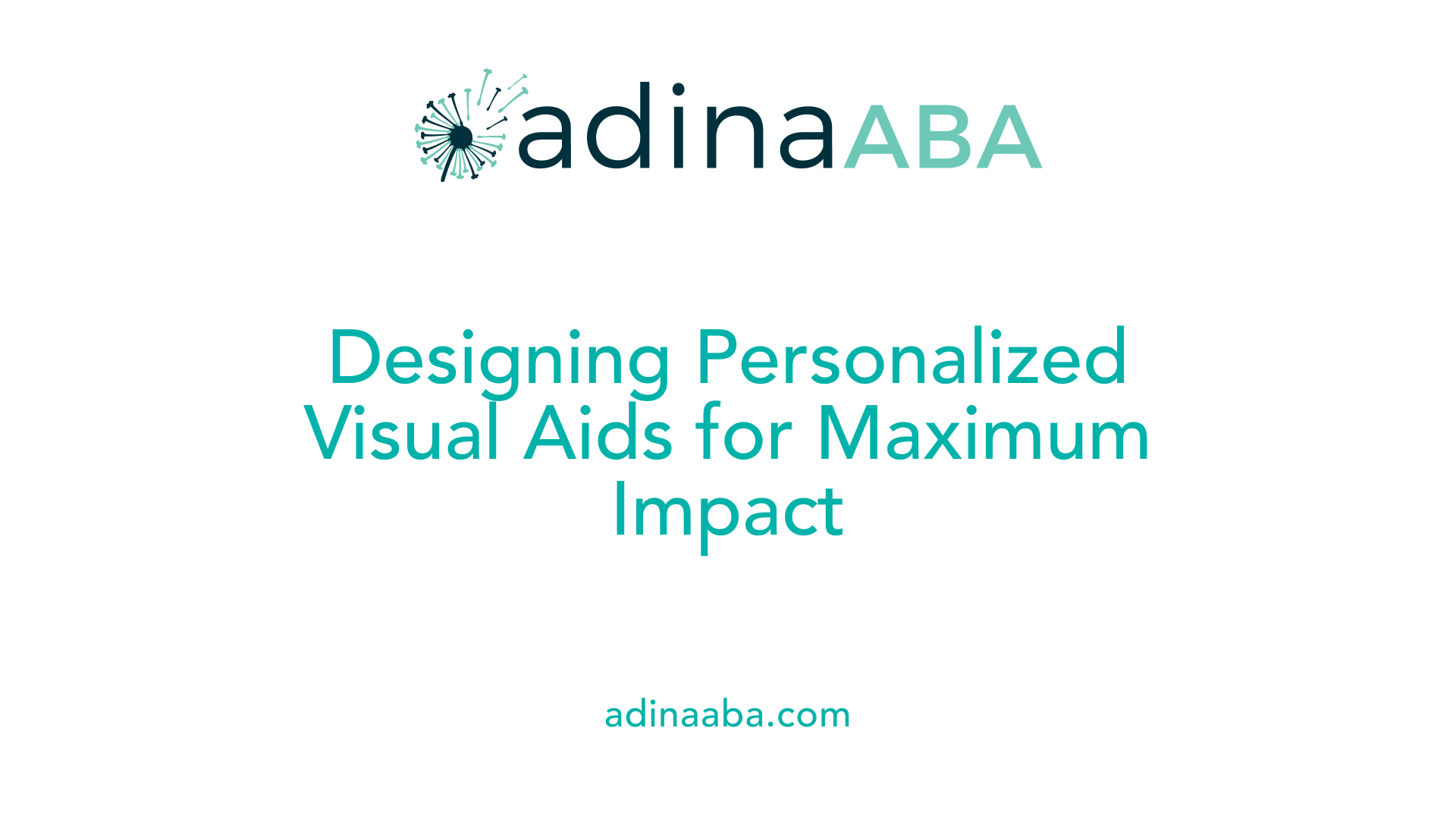
How do you prepare or create visual aids for therapeutic use?
Developing effective visual supports involves a systematic approach tailored to the individual’s specific needs. The process begins by clearly defining the goal of the visual aid—whether it’s to promote communication, teach social skills, or establish routines.
Once the purpose is established, select the most suitable visual format. Common options include picture cards, visual schedules, social stories, emotion diagrams, or choice boards. These formats are chosen based on the person’s developmental level, cognitive abilities, and preferences.
The visuals themselves should be simple, clear, and engaging. Use easily recognizable and age-appropriate images or symbols. Consistency is crucial, so ensure that the visuals use uniform colors, styles, and layouts to reinforce understanding.
Incorporate contextual cues such as photographs from the individual’s daily environment or digital tools and apps for more dynamic support. For individuals with specific needs, adaptations like Braille, auditory cues, or tactile elements can be added.
Creating a set of visuals may involve using software like Boardmaker Online, or simply assembling pictures from magazines, printed photos, or drawing by hand. Digital platforms help in customizing visuals quickly and making updates as routines or needs change.
Implementation is key: introduce the visual aids gradually, embed them into daily routines, and use them consistently across different settings like home, school, and therapy.
Regular evaluation helps determine their effectiveness. Observe how the individual interacts with the supports, and make modifications as necessary to enhance clarity and usability.
Involving the individual in the creation process fosters engagement and ownership, making the visual supports more meaningful.
Overall, creating personalized visual aids is an ongoing process that supports understanding, communication, and skill development, ultimately promoting independence and reducing anxiety.
Implementing Visual Supports Effectively in Therapy and Daily Life
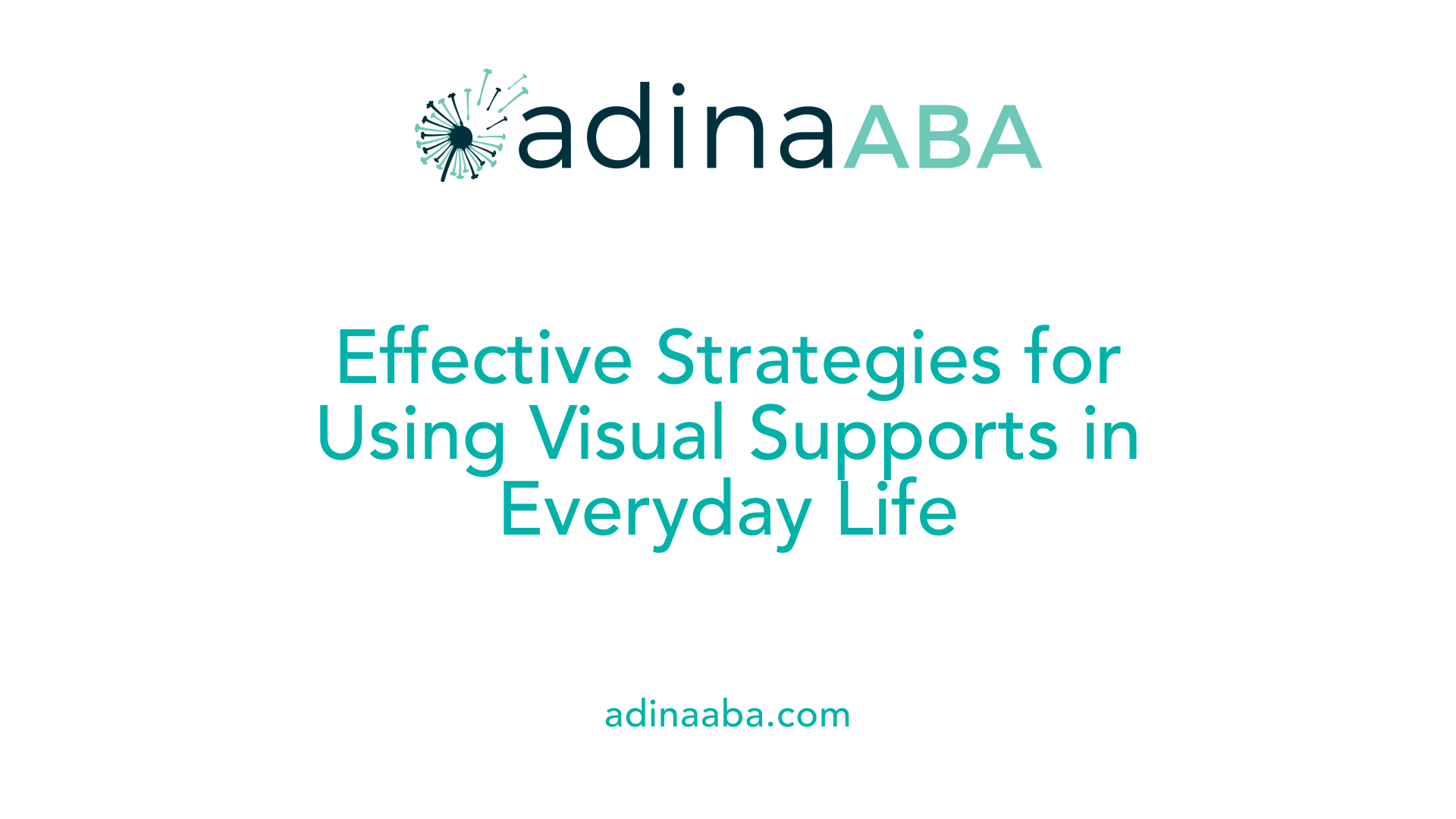
How can practitioners implement visual supports effectively?
Effective implementation of visual supports hinges on a thorough understanding of the individual's specific needs and preferences. Practitioners should start by conducting assessments to determine which visuals will be most beneficial, such as schedules, social stories, or choice boards. Personalization is key; visuals should be age-appropriate, meaningful, and easy to understand.
Once selected, these tools are introduced gradually, with clear explanations and demonstrations showing how they are used. Incorporating a variety of visual aids like pictures, symbols, timers, and checklists can significantly enhance comprehension, foster independence, and lower anxiety levels.
Consistency across different environments—home, school, and therapy—is crucial. Regular use helps build familiarity and reduces confusion. It is also important to monitor the individual's responses, gathering feedback and making adjustments as needed to keep supports engaging and relevant.
By integrating these strategies, practitioners create a supportive framework that encourages learners to become more independent and confident in managing routines and social situations.
What are best practices for developing visual supports for children with special needs?
Creating effective visual supports involves adhering to established guidelines grounded in research and clinical experience. Central to this approach is ensuring visuals are simple, clear, and tailored to the child's developmental level.
Choose visuals that are concrete and relevant—these can include objects, photographs, drawings, or symbols—that align with daily routines and specific communication goals. It's beneficial to involve the child in the creation process when appropriate, promoting ownership and engagement.
Consistency in placement and use across settings enhances learning, so visual supports should be systematically introduced and regularly updated to reflect changing needs. Accessibility is vital; visuals should be placed within easy reach and be easy to interpret.
Utilizing evidence-based resources, such as Boardmaker or SymWriter, provides reliable templates and tools to design customized visuals. Lastly, considering individual preferences—such as visual style or preferred types of symbols—maximizes their effectiveness in reducing anxiety, fostering social skills, and promoting independence.
Together, these practices lead to meaningful, durable supports that adapt to each child's evolving needs and support their overall development.
Best Practices and Guidelines for Developing Visual Supports
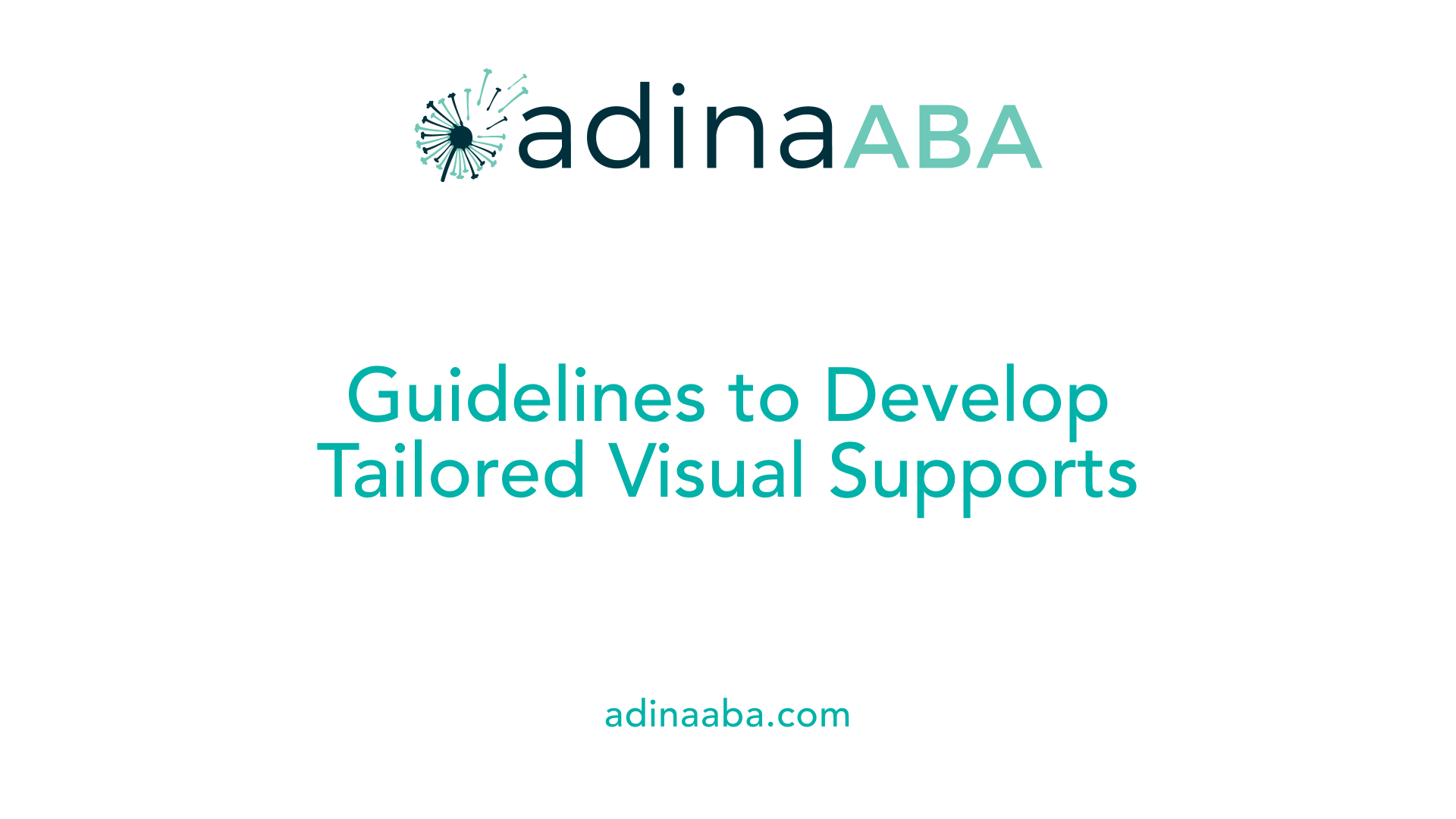
What are the principles for designing effective visual supports?
Creating impactful visual supports involves adhering to certain design principles. First, visuals should be simple, clear, and easy to understand, avoiding overly complex images or clutter. Use high-contrast colors, bold lines, and uncomplicated symbols to ensure clarity. Tailoring visuals to the child's developmental level and preferences—using objects, photographs, or symbols—is essential for meaningful communication.
Secondly, visuals must be relevant to the child's routines, environment, and specific needs. Incorporate pictures or symbols that represent real objects or meaningful concepts to facilitate better understanding.
Lastly, consistency is crucial. Visual supports should be used systematically across settings and contexts to foster familiarity and reinforce learning. Regularly reviewing and updating visuals ensures they remain effective and engaging.
How can we ensure accessibility and engagement through visual supports?
To maximize accessibility, visuals need to be easy to reach, view, and interpret. This can involve placing visual supports at eye level, using large and recognizable images, and choosing symbols that are culturally appropriate and easy to learn.
Engagement is increased by involving children in the creation of their visual supports. For example, allowing them to select preferred symbols or contribute to the visuals can foster a sense of ownership and motivation.
Implementing a variety of visual formats, such as choice boards, social stories, or picture exchange systems, can cater to different learning styles and preferences. Additionally, pairing visuals with spoken words or gestures can enhance comprehension.
Why is regular review and updating of visual supports important?
Children's needs, routines, and environments are constantly changing. Regularly reviewing visual supports allows caregivers and educators to assess their effectiveness. If a visual no longer supports the child's understanding or engagement, it should be modified or replaced.
Updating visuals also helps maintain the child's interest and accommodates growth or changes in abilities. For instance, simpler visuals may need to be replaced with more detailed ones as a child's understanding deepens.
Scheduled reviews, involving feedback from the child, parents, and therapists, are recommended. This ongoing process ensures that visual supports continue to promote independence, reduce anxiety, and support social and communication skills effectively.
| Aspect | Practice | Purpose | Examples |
|---|---|---|---|
| Design | Use simple, high-contrast visuals tailored to the child's level | Enhance understanding | Photos, symbols, objects |
| Accessibility | Place visuals in easy-to-see, reachable locations | Promote ease of use | Visual schedules on bedroom walls |
| Engagement | Involve children in creation and choice | Increase motivation | Custom choice boards |
| Review | Regularly evaluate and update visuals | Maintain relevance and effectiveness | Feedback sessions with caregivers |
By following these principles, professionals and families can develop visual supports that significantly aid learning, communication, and independence for children with diverse needs.
Benefits and Impact of Visual Supports in Therapy
What are the benefits of using visual supports in therapy?
Visual supports are powerful tools in therapy that significantly enhance learning and development, especially for children with autism and other developmental challenges. They serve as concrete representations of ideas, routines, or social cues, making abstract concepts more accessible.
By providing visual cues, these supports help children understand what is expected, facilitating smoother transitions and reducing confusion. This increased predictability can lower anxiety levels and foster a sense of security, which is essential for successful learning.
Moreover, visual supports promote independence. For example, visual schedules allow children to navigate daily activities without constant verbal prompts, boosting confidence and self-reliance.
They also support the development of social and emotional skills. Tools like social stories and emotion thermometers help children recognize feelings and appropriate responses, fostering better emotional regulation.
Furthermore, visual supports aid in language development and improve communication skills—particularly for non-verbal children—by giving them visual options to express needs and desires.
Overall, these tools enhance engagement, facilitate understanding, and promote the acquisition of a wide range of skills, making therapy sessions more effective and enjoyable for children.
What is the importance of visual supports in classroom or therapeutic settings?
In educational and therapy environments, visual supports are indispensable for creating structured, predictable, and supportive settings. They help children and learners comprehend routines, expectations, and social interactions through visual means.
Using visual cues like schedules, social stories, and communication aids, educators and therapists reduce the cognitive load needed to process verbal information. This makes learning more accessible, especially for children with speech, language, or cognitive delays.
Visual supports help manage transitions smoothly, which is often a challenging time for children with developmental disabilities. For instance, transition cards or timers visually indicate upcoming changes, easing anxiety and encouraging compliance.
These supports motivate learners by providing choices through visual menus or choice boards, fostering decision-making and independence. They also reinforce positive behaviors when used as consistent visual reminders or behavior cue cards.
By establishing a structured environment, visual supports encourage active participation, reduce disruptive behaviors, and promote emotional well-being. They enable children to understand social norms, follow routines, and communicate more effectively.
In summary, visual supports are essential for creating inclusive, engaging, and supportive settings where all learners can thrive and develop essential skills.
Integrating Visual Supports with Therapeutic Approaches like ABA and Speech Therapy
How do you create visual supports tailored to specific therapeutic approaches like ABA?
Creating effective visual supports tailored for Applied Behavior Analysis (ABA) and speech therapy involves a personalized approach. Supports must be designed to fit the individual’s unique needs, preferences, and sensory sensitivities.
This process begins with selecting appropriate formats—such as pictures, symbols, written words, or objects—that are meaningful and engaging for the person. For example, using familiar family photos or culturally relevant images makes visuals more relatable.
Consistency across different environments is vital. When caregivers, educators, and therapists use the same visuals, it helps reinforce understanding and promotes skill generalization.
Integration into daily routines is essential. Visual supports like schedules, social stories, choice boards, and behavior cue cards should be seamlessly incorporated into everyday activities. These tools assist in teaching communication skills, managing anxiety, and encouraging independence.
Regular assessment and updates ensure the supports remain relevant and effective as the individual progresses. Adjustments might include adding new symbols, changing pictures, or reorganizing routines, which helps accommodate evolving needs and maintain engagement.
Collaboration among all involved parties guarantees that visual supports are tailored appropriately, consistently used, and aligned with therapeutic goals, ultimately optimizing outcomes.
What are speech therapy supports and how do they complement visual aids?
Speech therapy visual supports are tools designed to aid in communication for individuals with speech, language, and communication needs (SLCN). Common supports include simple pictures, symbols, social stories, and visual schedules—both physical and digital.
These visuals serve as a bridge between thoughts and words, particularly for individuals who experience difficulties with auditory processing or expressive language. By providing tangible representations of concepts, visuals make abstract ideas more concrete.
Pairing visuals with spoken language creates a multi-sensory learning environment. This not only enhances comprehension but also improves retention of new vocabulary and phrases.
In therapy, visuals are used to develop various skills, such as vocabulary building, conversational turn-taking, and understanding social cues. For instance, symbol-supported social stories can teach appropriate responses or behaviors in social settings.
Furthermore, communication apps and digital picture systems—like Proloquo2Go or TouchChat—expand the reach of visual supports, enabling independent communication outside therapy sessions.
Using visual supports consistently in speech therapy fosters increased confidence among clients, supports self-expression, and leads to more meaningful social interactions. They empower individuals with communication challenges to participate more fully in daily life.
Training and Resources for Creating Effective Visual Supports
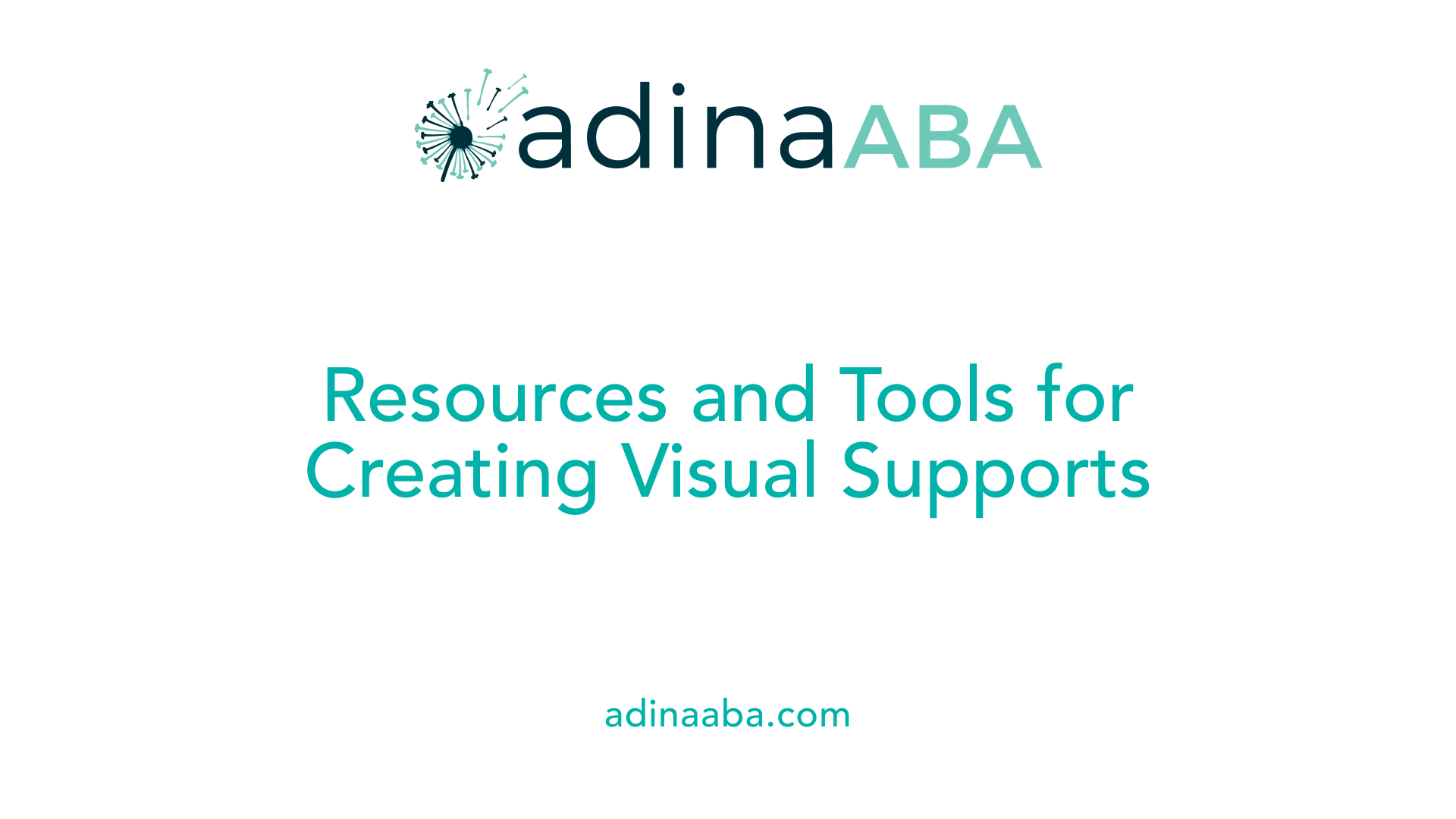
What tools and resources can help in creating visual supports?
Creating compelling and effective visual supports is essential to support children with developmental needs, especially those with autism or speech and language challenges. A variety of tools and resources are available to help practitioners, parents, and educators craft tailored visual aids.
One popular resource is online platforms like Teachers Pay Teachers and the Down Syndrome Resource Foundation. These sites offer a wealth of free and paid templates, printable visuals, and activity ideas designed by professionals. These resources are often customizable, allowing users to adapt visuals to suit individual needs.
Software programs like Boardmaker Online, SymWriter, and PictureSET are widely used in educational and therapeutic settings. These tools provide extensive libraries of symbols, templates for creating schedules, choice boards, and other visual cues. They enable users to design and print high-quality visuals easily, often with drag-and-drop interfaces that are user-friendly.
Digital communication applications such as Proloquo2Go, TouchChat, and LAMP Words for Life are not only assistive communication devices but also powerful tools for creating and customizing visuals. These apps support non-verbal communication by offering pictorial and symbol-based interfaces tailored to the user’s preferences.
DIY methods remain highly valuable, especially when resources are limited. Many practitioners and families create visuals using simple materials like photographs from newspapers or magazines, drawings, or digital photos inserted into document templates. These homemade visuals can be very effective and enable a high degree of personalization.
Evaluating and adapting these visuals regularly ensures they meet the evolving needs of the user. Collecting feedback from children, parents, and teachers helps identify which visuals are most effective. Adjustments might involve updating pictures, changing symbols, or reordering schedules to maintain engagement and relevance.
Staying informed about new tools and techniques through professional development, online forums, and peer networks can significantly enhance the quality of visual supports. Continual learning ensures that practitioners utilize the most effective, engaging, and accessible resources for their clients.
In summary, a combination of digital tools, online resources, DIY strategies, and ongoing evaluation forms the foundation for creating impactful visual supports that promote independence, communication, and behavioral success.
The Transformative Impact of Visual Supports in Therapy
Implementing well-designed visual supports transforms therapeutic practices by improving communication, reducing anxiety, fostering independence, and promoting positive behaviors. Their versatility and individualization make them invaluable across diverse settings—from clinical environments to homes and classrooms. Practitioners and caregivers must prioritize thoughtful creation, consistent use, and ongoing evaluation of visual aids to maximize their effectiveness. Inspired by evidence-based strategies and complemented by available resources, visual supports empower individuals to reach their full potential, enriching the therapy experience and ultimately enhancing quality of life.
References
- 12 Types of Visual Supports to Help at Home - LessonPix
- Creating Visual Supports for Autism in School Readiness Program
- Visual supports - Speech and Language UK
- Use of Visual Supports | Adult Down Syndrome Center
- Visual Supports to Optimize ABA Therapy for Children with Autism
- How are Visual Supports Used in Applied Behavior Analysis?
- Visual Supports for Non-Verbal Children in ABA Therapy
More Resources
Expert Clinicians
Get started today ->



.jpg)


.jpg)